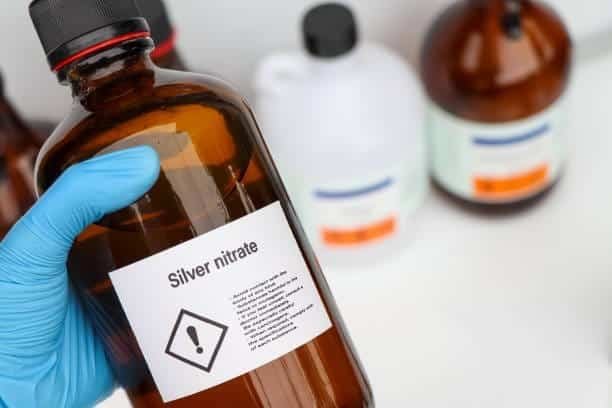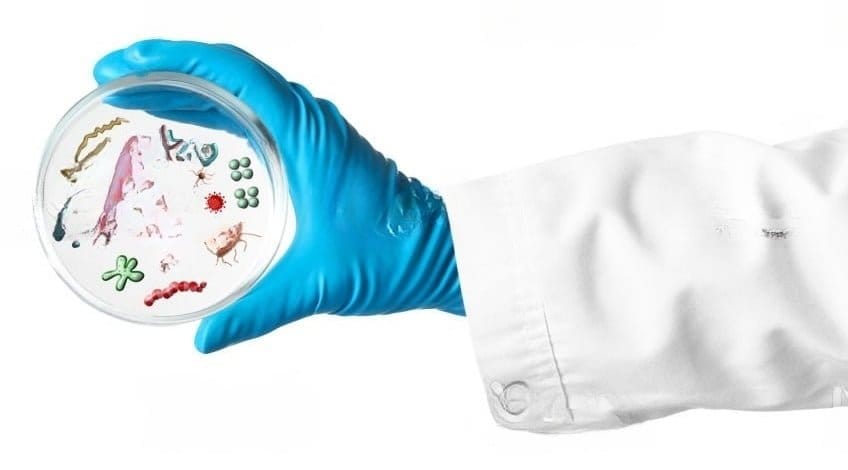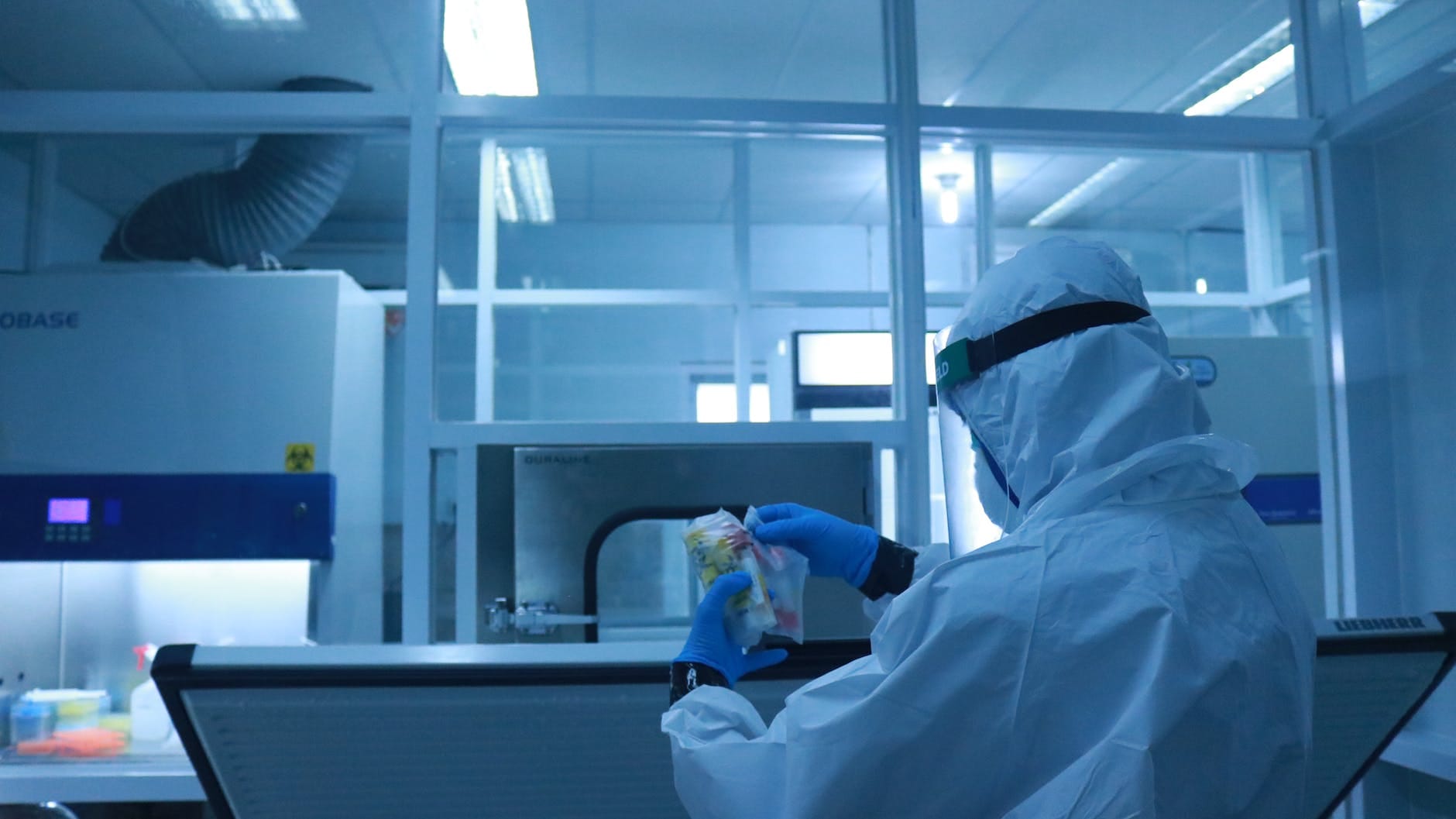Stability Estimation by Q10 Rule: An Online Calculator Click Here for the full article.
Q10 Stability Calculator
TECHINNOVERSE: The Universe of Innovative Technologies
-
Gold Chloride Hydrate
Price range: ₹6,000.00 through ₹550,000.00 -
Polystyrene Latex Beads
Price range: ₹700.00 through ₹400,000.00






